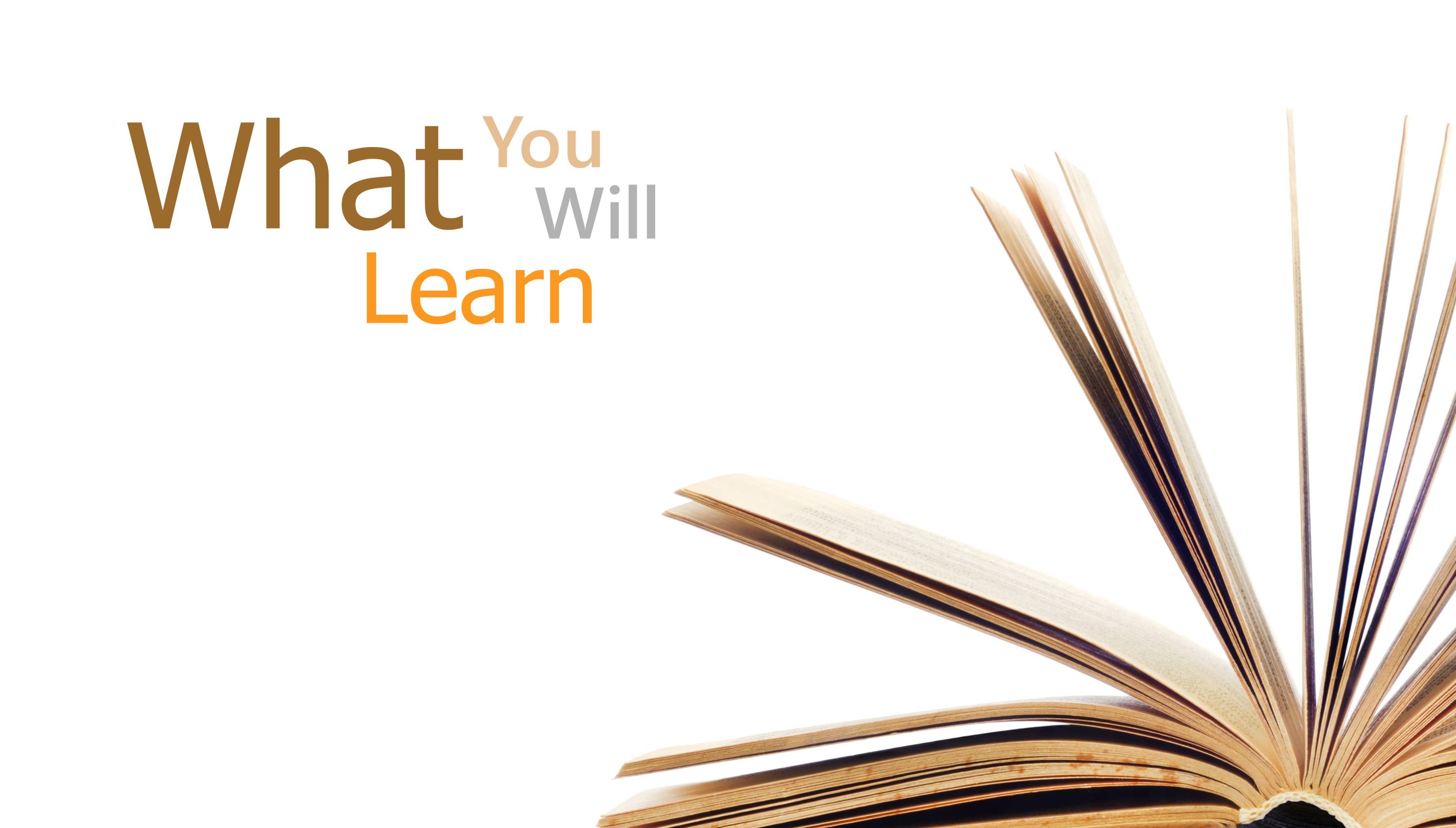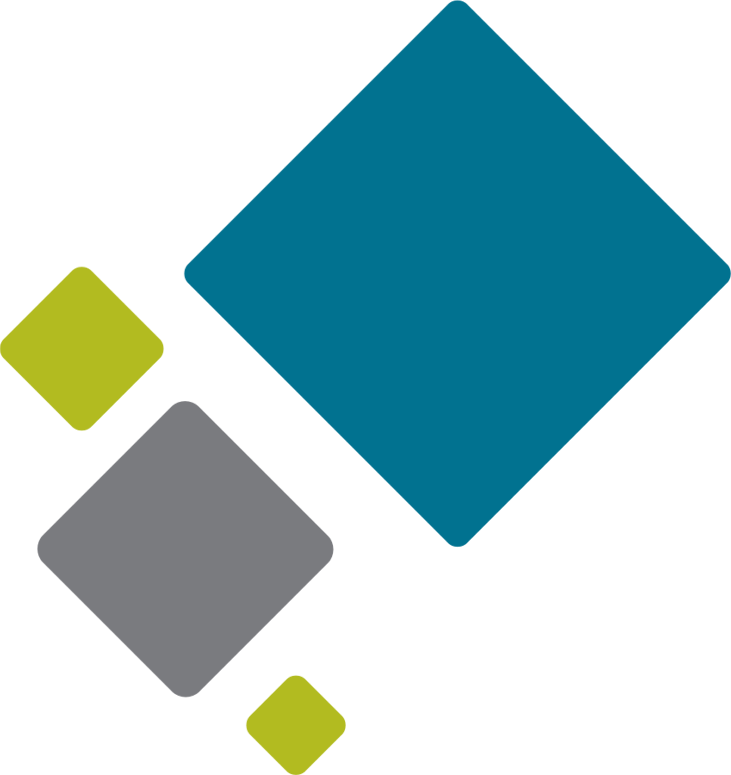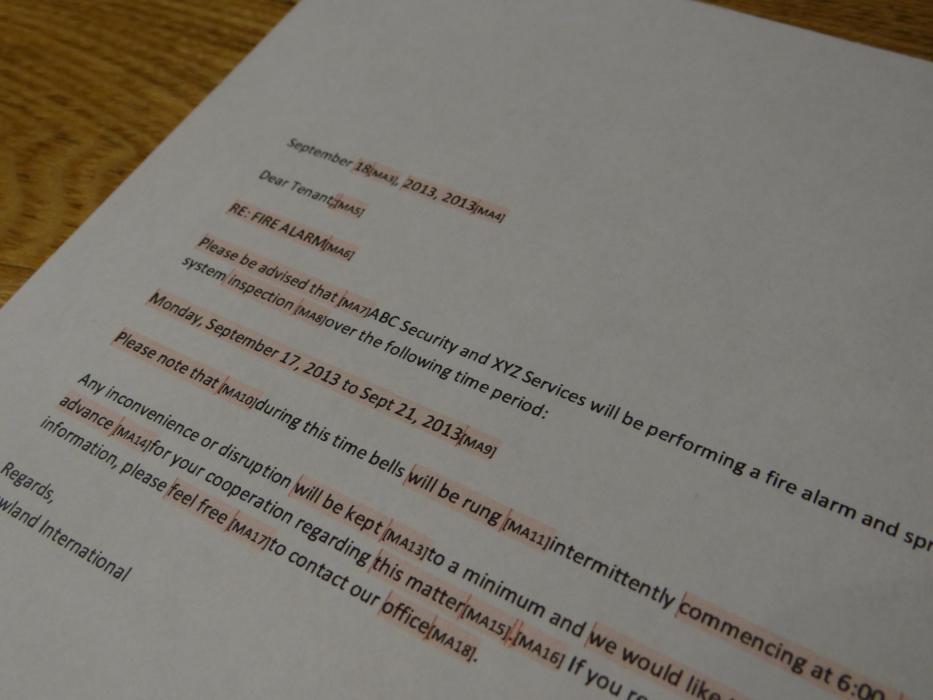
POWER Writing
You’ve likely sat down to write and felt unsure where to begin or ended up editing the same section repeatedly without getting closer to a strong final draft. Writing at work can feel time-consuming, especially when your message has to be clear, professional, and easy to act on. Without a plan, it’s easy to get stuck in endless drafts or receive feedback that your writing missed the mark.
You're not alone. Many professionals find workplace writing challenging and are unsure how to organize their ideas, refine their message, or connect with the reader. According to research from Grammarly and The Harris Poll, 93% of business leaders believe effective communication is essential to a company’s success, and writing plays a key role. Yet, in many workplaces, written communication is unclear or unfocused, which leads to misunderstandings, delays, and missed opportunities. Weak writing slows down productivity and makes collaboration more difficult. In fast-paced environments, where attention spans are limited and turnaround times are tight, strong writing helps your message get noticed, understood and acted on.
This workshop provides a comprehensive writing process you can use across formats and contexts. You’ll learn the POWER writing model (Plan, Organize, Write, Edit, Review) and apply it to real-world writing challenges. From setting objectives and structuring content to choosing effective language and editing for clarity, this session gives you time to learn, apply, and strengthen your writing habits with feedback and support.
By the end of the workshop, you’ll have a process to approach any writing task with more focus and skill. You’ll write faster, edit more effectively, and produce stronger documents—improving communication across your organization and increasing your professional impact.

- Identify the key elements of effective workplace writing.
- Apply the POWER writing model to improve structure and flow.
- Tailor messages to different audiences and workplace needs.
- Organize content clearly to guide readers through complex material.
- Edit and proofread to reduce errors and enhance readability.
- Use clear, purposeful language and avoid common writing pitfalls.
- Format documents to support accessibility and engagement.

This session is ideal for professionals who want to strengthen their writing across a wide range documents. If you regularly write reports, letters, proposals, or emails and want a process to write more clearly and efficiently, this workshop offers tools you can apply immediately.
You should attend if you
- Spend too long writing and editing documents, only to wonder if your message is clear
- Struggle with organizing your ideas or finding the right tone for different audiences
- Want to reduce misunderstandings caused by vague or cluttered writing
- Are responsible for communicating complex information in a clear, accessible way
- Receive frequent feedback that your writing lacks clarity, focus, or impact
- Work in roles where written communication is essential to collaboration, decision-making, or client engagement
After this session, you’ll have the tools to write more clearly and efficiently, helping your ideas come across with clarity and purpose. Whether your goal is to inform, persuade, or collaborate, your writing will better support your work and readers.

This workshop is organized around the POWER writing process: Plan, Organize, Write, Edit, and Review. You’ll move through each stage using real examples and your own documents, with time to experiment, receive feedback, and build a repeatable writing routine. The session blends individual writing time, small-group discussion, and guided editing tasks so you can apply techniques directly to the documents you work on every day.
You’ll also receive a workbook with checklists, writing tools, and examples to support your documents after the session.
Workshop activities include
- Discussing the qualities of good writing in small groups
- Planning and organizing ideas using structured templates
- Writing and revising sections of your own work
- Editing for clarity, tone, and structure
- Comparing different approaches to document layout and readability
- Sharing feedback with peers in small-group discussion
- Testing sentence- and paragraph-level adjustments
- Creating a personal action plan





